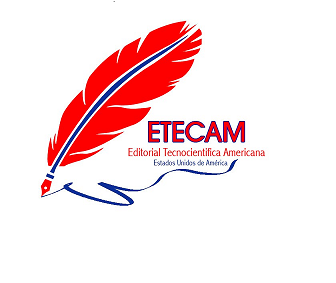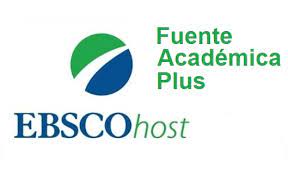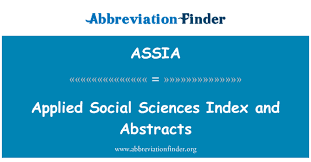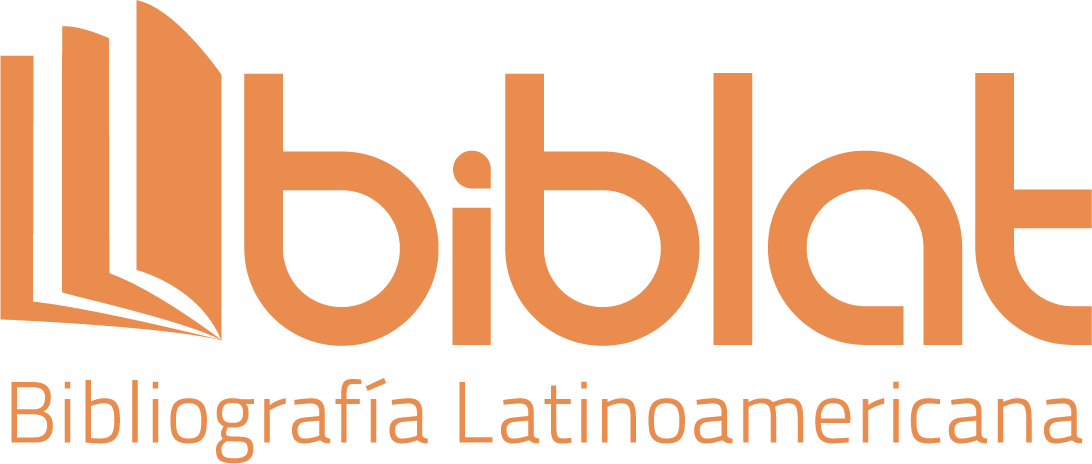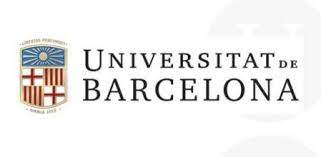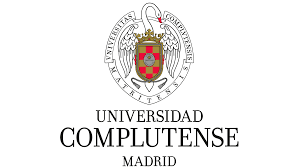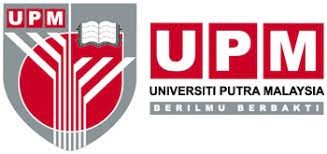Application of an edible coating based on nopal mucilage for the preservation of guava
DOI:
https://doi.org/10.51736/sa.v6i2.132Keywords:
coating, mucilage, essential oilAbstract
Consumers are interested in natural, healthy, nutritious and wholesome products. This has motivated the development of research and edible coatings applied to fruit and vegetable products as an alternative to meet these needs. The purpose of this research is to demonstrate that the use of edible coatings helps the preservation and quality of guava. To meet the objective, six treatments were evaluated with a control, three formulations of nopal mucilage plus thyme essential oil (100% mucilage, 99.5% mucilage + 0.5% essential oil, 99% mucilage + 1% essential oil), at two immersion times (60 and 30 S). The variables considered were titratable acidity, pH, soluble solids, weight loss, and determination of the presence of microorganisms. The best treatment was a2b1 (99% mucilage + 1% thyme essential oil), because it preserved the greatest amount of fruit properties during the experiment. The response variable considered to be of great significance is weight, which was recorded daily for 10 days. In this physical parameter, the best treatment was a2b1 (99.5% mucilage + 1% thyme essential oil) for 30 seconds.
Downloads
References
Velázquez-Moreira, A. y Guerrero, J. A. (2018). Algunas investigaciones recientes en recubrimientos comestibles aplicados en alimentos. https://nanopdf.com/download/investigaciones-recientes-en-recubrimientos-comestibles-aplicados_pdf
García, B. (2013). Mucílago de nopal, sobre propiedades micro morfológicas y estructurales del suelo entrigo [tesis de grado, Institución de Enseñanza e Investigación en Ciencias Agrícolas]. Repositorio Institucional UN http://colposdigital.colpos.mx:8080/jspui/bitstream/10521/1969/3/Garcia_Favela_B_DC_Edafologia_2013.pdf
García-Mera, G. A., Salas-Macías, C. A. & Canales-Torres, H. G. (2017). Recubrimiento comestible natural con base en Aloe vera como estrategia de conservación de Psidium guajava. Revista Científica, 30(3), 224– 236.
Cano, T. M., Godínez, J. E., Chávez, B. L. & Barrientos, C. E. (2001). Obtención y caracterización del aceite esencial de tomillo (Thymus Vulgaris) cultivado en guatemala, utilizado en diversidad de productos fitofarmacéuticos. https://digi.usac.edu.gt/bvirtual/informes/puidi/INF-2001-075.pdf
González, R. E., Cervantes, Y. C. & Caraballo, L. C. (2016). Conservación de la guayaba. Revista Temas Agrarios, 21(1)
Orrego, C. E., Giraldo, G. I., González, J. D., Ocampo, J. C., & Parra, S. L. (2016). Efecto de recubrimientos comestibles en el cambio de propiedades fisicoquímicas de guayaba (Psidium guajava) refrigerada. A review, 34(1), 177–180. https://doi.org/10.15446/agron.colomb.v34n1supl.58268
Restrepo, J. y Aristizabal, I. D. (2010). Conservación de fresa (fragaria x ananassa duch cv. camarosa) mediante la aplicación de recubrimientos comestibles de gel de mucilago de penca de sábila (Aloe barbadensis Miller). Revista Vitae, 17(3), 252-263
Rodríguez-González, S., Martínez-Flores, H. E., Órnelas-Nuñez, J. L. & Garnica-Romo, M. G. (2009). Optimización de la extracción del mucílago de nopal (Opuntia ficus-indica). https://smbb.mx/congresos%20smbb/queretaro11/TRABAJOS/trabajos/III/carteles/CIII-71.pdf
Published
How to Cite
Issue
Section
License
Copyright (c) 2023 Manuel Enrique Fernández Paredes, Gabriela Beatriz Arias Palma, María Eulalia Taco Sánchez

This work is licensed under a Creative Commons Attribution-NonCommercial-ShareAlike 3.0 Unported License.













